
There’s something dodgy about portrait artists, and that’s part of their allure. One way or another, they need faces. Often, they steal them and hope nobody complains. At times, they entice volunteers by appealing to their arrogance or cluelessness. Other portraitists pride themselves on treating their subjects well—befriending them, learning about them—but even a subject who feels seen may not understand exactly what she’s getting into (how many people know how they look?), and, if she is satisfied with the result, she is lucky. It’s the artist’s way that counts, not hers.
Not everyone agrees—if anything, there seems to be a law that all great portraitists must be praised for their empathy. (Even Diane Arbus, who referred to the people she photographed as “freaks,” is now described as a champion of body positivity.) There’s something defensive about this, perhaps related to the intrinsic strangeness, so common that we forget, of looking at faces that can’t look back. The more we flatter portrait makers for their virtue, the better we portrait viewers get to feel about our ogling.
This story is from the {{IssueName}} edition of {{MagazineName}}.
Start your 7-day Magzter GOLD free trial to access thousands of curated premium stories, and 9,000+ magazines and newspapers.
Already a subscriber ? Sign In
This story is from the {{IssueName}} edition of {{MagazineName}}.
Start your 7-day Magzter GOLD free trial to access thousands of curated premium stories, and 9,000+ magazines and newspapers.
Already a subscriber? Sign In

MEAN TIME
“Hard Truths.”
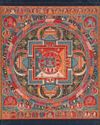
ENLIGHTEN ME
The secret beauty of mandalas.
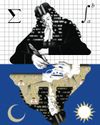
THE BEST OF THEM
His was a genius for the ages. Will Gottfried Leibniz ever get his due?
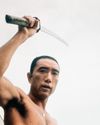
DEATH CULT
Yukio Mishima’ tortured obsessions were his making—and his unmaking.
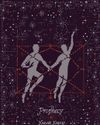
Prophecy
The night of Dev’s twenty-second birthday, he was invited to sit with the elders after dinner.

A TALE OF TWO DISTRICTS
Lauren Boebert and Colorado’s red-blue divide.

THE TIKTOK TRAIL
Andean migrants draw others to the U.S. with videos depicting themselves as living the American Dream.

LOVE AND THEFT
Did a best-selling romantasy novelist steal another writer's story?
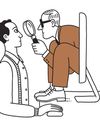
OUR NEW TWO-FACTOR AUTHENTICATION SYSTEM
Our two-factor authentication system is expanding because text messages and e-mailed codes are becoming less secure. Also, we’re committed to making sure your log-in process is more of a hassle than it needs to be.

STILL PROCESSING
Why is the American diet so deadly?